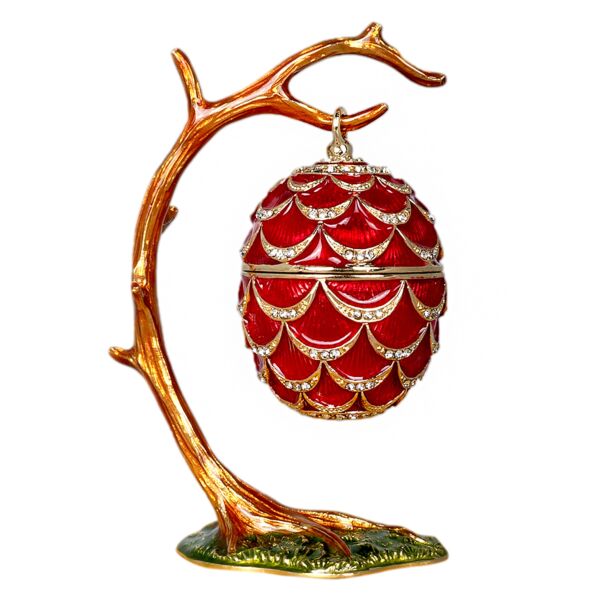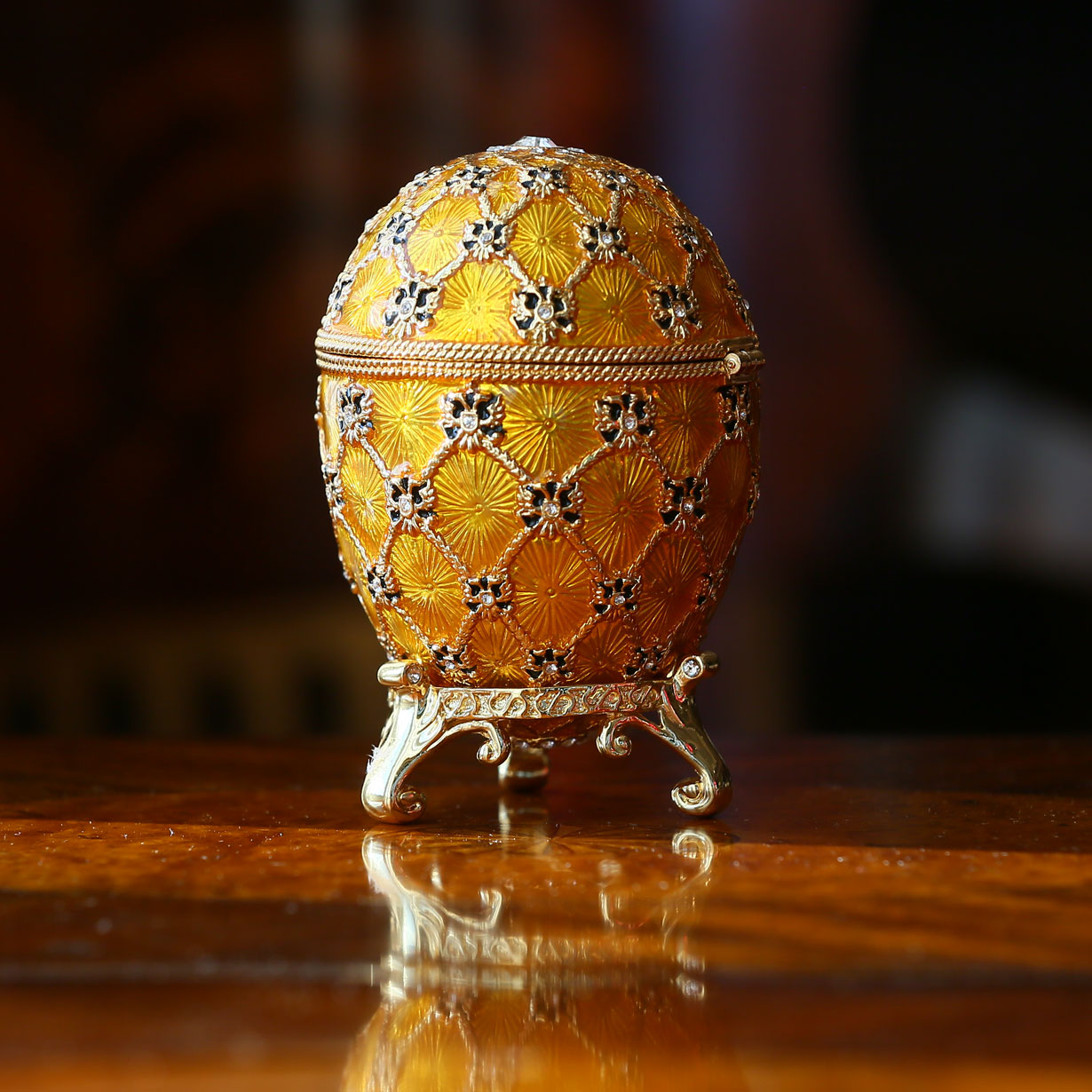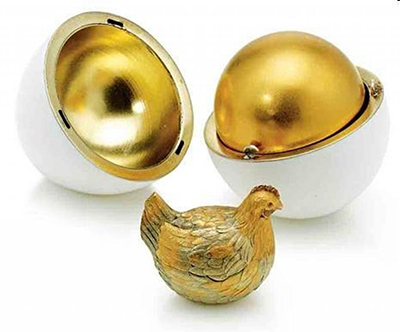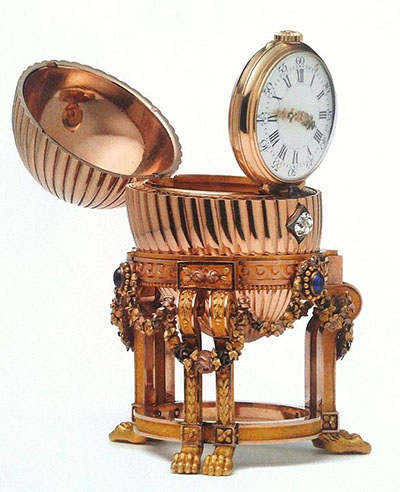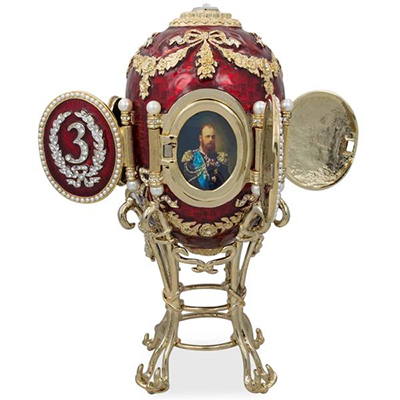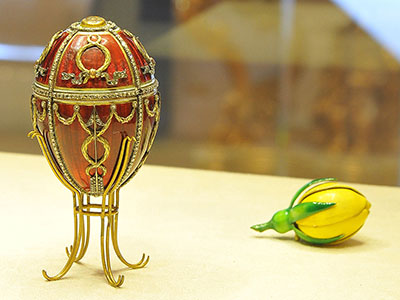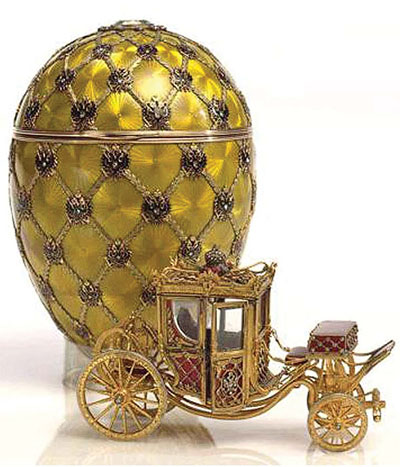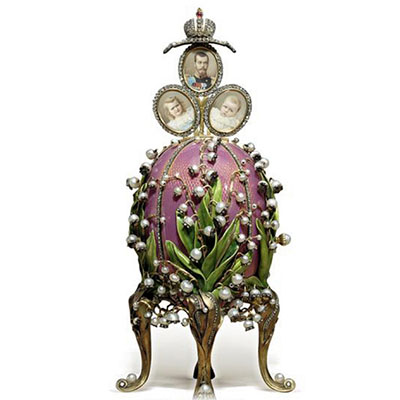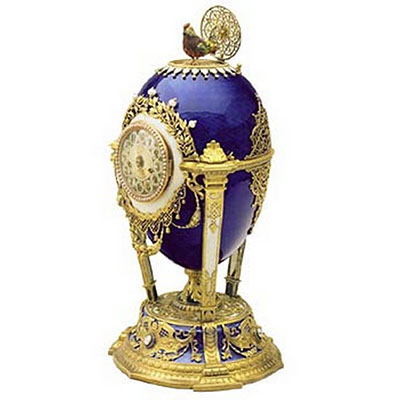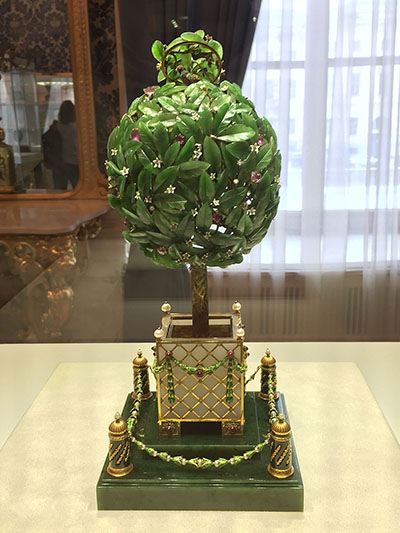Bestsellers
Go to filters
-
 $79.99 $56.00
$79.99 $56.00 -
 $49.99 $35.00
$49.99 $35.00 -
 $49.99 $35.00
$49.99 $35.00 -
 $19.99 $12.00
$19.99 $12.00 -
 $19.99 $14.00
$19.99 $14.00 -
 $19.99 $12.00
$19.99 $12.00 -
 $19.99 $12.00
$19.99 $12.00 -
 $19.99 $12.00
$19.99 $12.00 -
 $149.99 $105.00
$149.99 $105.00 -
 $24.99 $16.00
$24.99 $16.00 -
 $79.99 $56.00
$79.99 $56.00 -
 $69.99 $49.00
$69.99 $49.00 -
 $59.99 $42.00
$59.99 $42.00 -
 $59.99 $42.00
$59.99 $42.00 -
 $79.99 $56.00
$79.99 $56.00 -
 $59.99 $42.00
$59.99 $42.00 -
 $22.99 $16.00
$22.99 $16.00 -
 $24.99 $17.00
$24.99 $17.00 -
 $24.99 $17.00
$24.99 $17.00 -
 $24.99 $17.00
$24.99 $17.00 -
 $24.99 $17.00
$24.99 $17.00 -
 $69.99 $49.00
$69.99 $49.00 -
 $59.99 $42.00
$59.99 $42.00 -
 $22.99 $16.00
$22.99 $16.00 -
 $19.99 $14.00
$19.99 $14.00 -
 $26.99 $19.00
$26.99 $19.00 -
 $36.99 $25.00
$36.99 $25.00 -
 $36.99 $25.00
$36.99 $25.00 -
 $19.99 $12.00
$19.99 $12.00 -
 $19.99 $12.00
$19.99 $12.00



